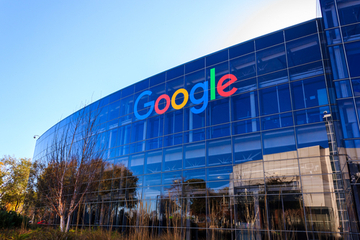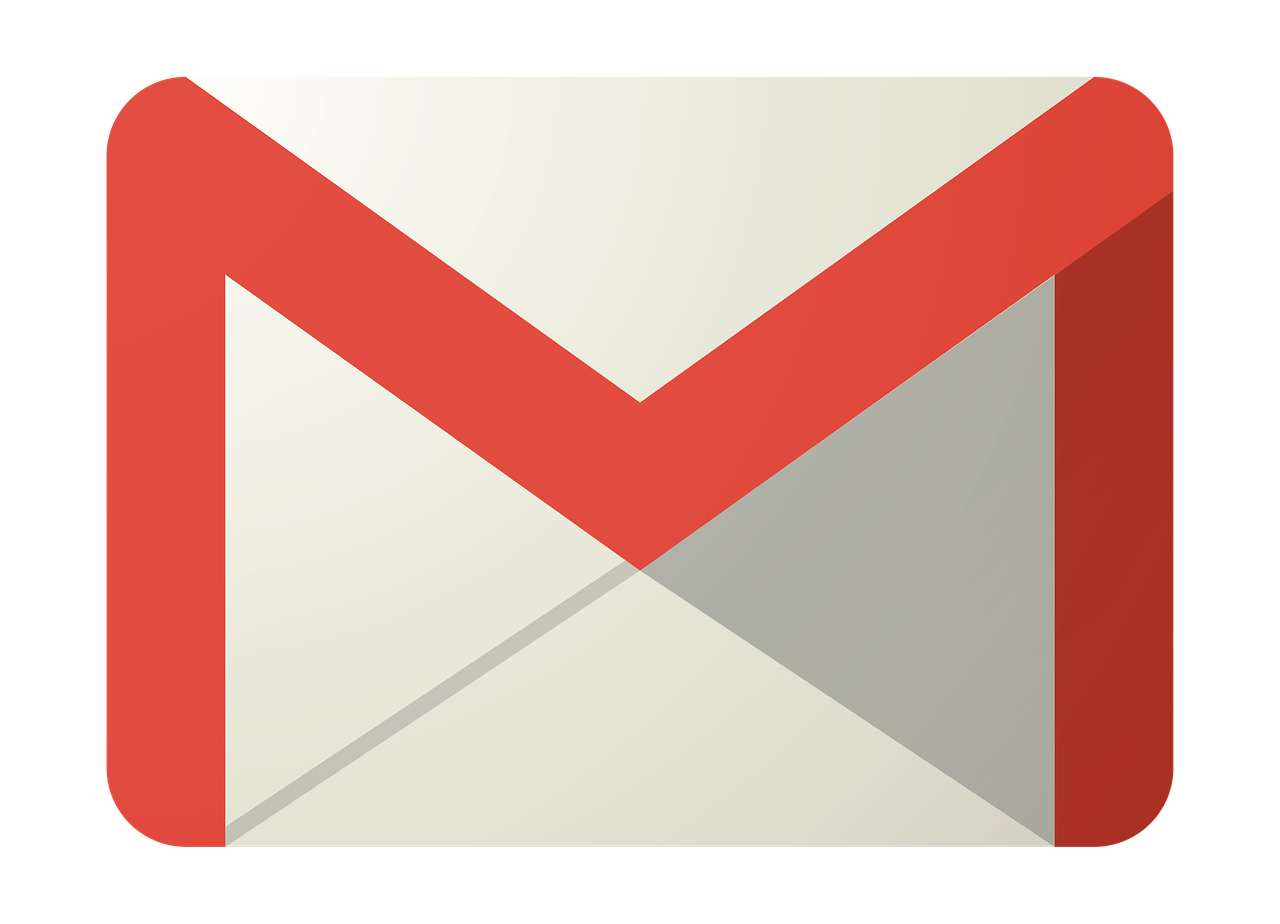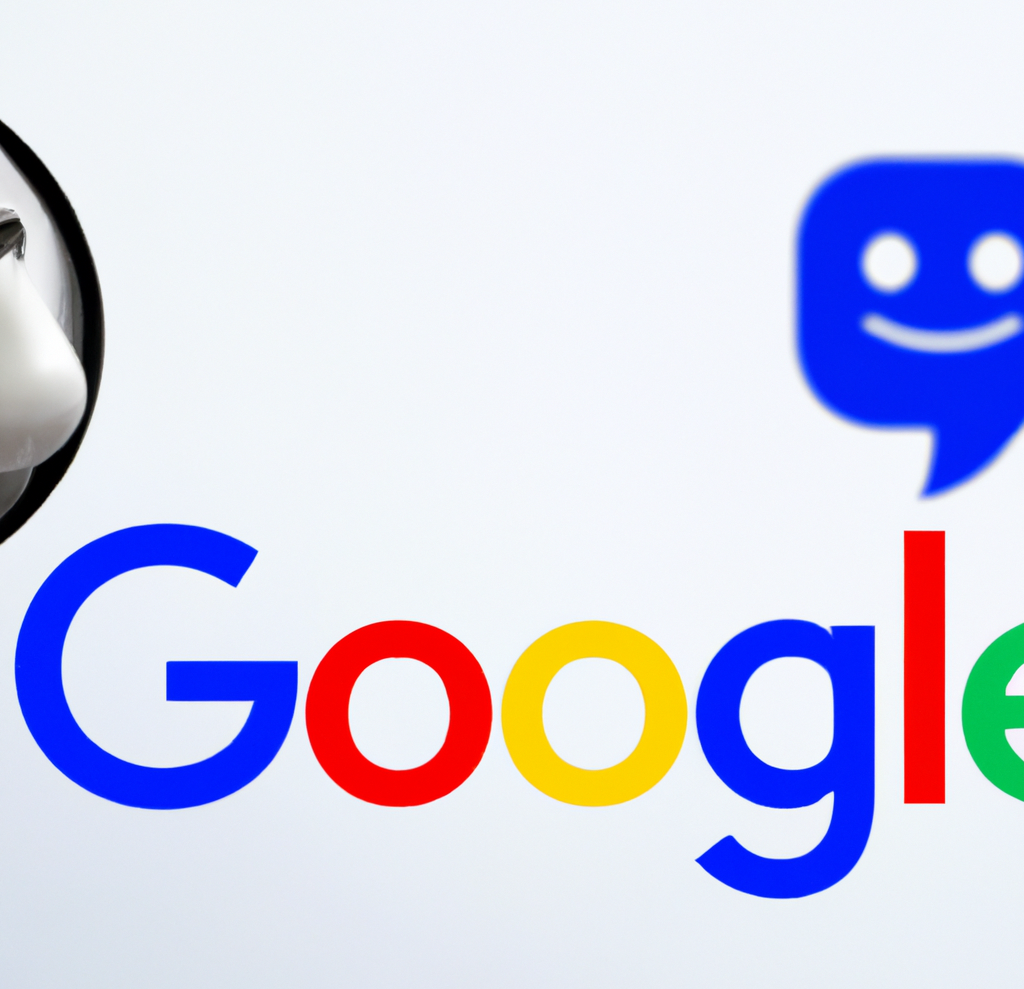Google Ads announce more changes to match types – Challenges and opportunities

Google Ads has recently announced that it now allows ads to be served for queries that it understands to share the same meaning on broad modified and phrase match keywords.
For bigger advertisers, this is probably not a huge concern, as they are not limited by budget. Being visible for a wider range of search terms without having to add thousands of keyword variations can only be a good thing.
But what about those with limited budgets, and those in niche industries that need to target very specific keywords?
While there will undoubtedly be challenges to overcome in light of these changes, there are also likely to be opportunities.
Challenges
1. Spend may increase
An increase in impressions is likely to equate to more clicks, which is fine if these clicks go on to convert. But with Google determining how relevant a search term is to the keywords in your campaigns, just how much could spend skyrocket if left unchecked?
Neil Andrew from AdTech startup PPC Protect, says:
“These changes are definitely going to result in a massive increase in irrelevant and even invalid traffic on Google Ads accounts that aren’t actively managed/monitored. Our internal analysis on this shows up to 20% increases in budget usage from the change in broad/phrase match keywords, the vast majority of which isn’t relevant to a conversion action. As a SaaS platform provider, we are in a unique position to analyse this.
We have over 35,000 Google Ads accounts connected to our system currently, and we have had a number of users notice an uptick in both wasted spend and irrelevant traffic. We’ve also seen a large share of this traffic be invalid – mostly from bot activity and competitor clicking activity. It seems like narrow niche targeting is getting tougher to achieve by the day.”
2. Impressions may be wasted on irrelevant search terms
If you’re using a target impression share bid strategy, now might be the time to review it as this might impact impression share metrics.
Impressions may now include ads triggered by keywords that Google determines to have the same meaning (unless they are added as negatives). Just how much impression share is Google going to give to variants, rather than the keywords actually in the campaign?
3. Irrelevant terms/keywords would need to be revisited and reviewed
Ads showing for irrelevant terms/keywords that are already in the account that were tested earlier and paused due to poor performance are a major bugbear of mine.
I’ve noticed keywords that have been tested previously, and paused, can still be shown as a close match. So if you have keywords that you’ve paused because they historically haven’t worked well, you’ll now need to check if Google is still serving ads for the keyword and exclude it.
This means you’ll end up with keywords that state both added and excluded.
4. More time will need to be spent on analyzing search term reports and building negative keyword lists
Yes, analyzing search term reports is absolutely something that all PPC managers should be doing on a regular basis. However, having to check search term reports daily to exclude the keywords an advertiser doesn’t want to serve ads for is going to be time-consuming, especially on large accounts, taking time away from managing and optimizing other aspects of a campaign.
Sam Kessenich, Chief Digital Officer, RyTech, is already noticing impressions ramp up.
“Regarding the most recent changes to keyword targeting, without a doubt, these changes will increase impressions and clicks across almost every campaign. We’re noticing an increase across all search campaigns due to this change, and are being forced to do daily or weekly negative keyword additions when keywords don’t match goals. Proper negative keyword research and search term monitoring is the most effective strategy we can do before accounts launch and as accounts are running.”
5. Building ad groups with single keywords just got a lot more difficult
A great way to have control over a campaign at a very granular level is to build single keyword ad groups (SKAG). This strategy allows for highly focused ad copy and landing pages, and as a result, quality scores for this type of campaign are high.
Carolina Jaramillo, Paid Media Manager at POLARIS explains why this strategy will no longer be as effective.
“I’m a big fan of creating SKAG structured campaigns, and this new change might make it more difficult to protect the single keyword ad group structure. Consequently, due to this new change, how will we be able to optimise ad copy for a single keyword when this keyword is liable to match a wide range of different queries? Although I am interested to see how Google will look for opportunities to expand our reach to serve ads for relevant queries as they say in their update, and as they state 15% of searches we see every day are new, we will have to wait and see how this change will affect our clients’ Google Ads campaigns.”
So, can any good come of these changes?
Opportunities
1. May reveal new keywords that were not previously targeted which actually convert
Not everyone searches the same. So coming up with a comprehensive keyword list that captures every single potential search term a user might enter to find your products and services is nigh-on impossible. Keyword research can only take you so far.
With this in mind, showing ads for searches that share the same intent may provide a great opportunity to track down some high converting keywords, which may have otherwise been overlooked.
KC Cotton, PPC Manager at Clean Origin thinks there are benefits of Google showing not only for close variants but also conceptually related keywords.
“I have already seen some very smart close variants triggering existing keywords. Whether these keywords can be left alone, included within an existing ad group or a new ad group created around those keywords for highly targeted ad copy; all offer a great way to expand your campaign reach and performance. The greater the awareness of a consumer’s journey to conversion, and how that journey functions within the search funnel, allows for a highly tactical approach when reaching consumers. With more data at our fingertips, we can enhance campaign optimization strategy and expand reach through relevant searches.”
2. Will save time creating granular ad groups
As Google is capable of understanding when search terms mean the same thing, and will serve ads as a result, you no longer need to worry about including the keywords within that ad group in the ad copy. While it’s not yet clear how showing ads for close match and intent-based variations of your keywords will impact metrics like ad relevancy, this catch-all approach could save time when it comes to creating granular ad groups containing just a couple of keywords for every campaign.
Coupled with a feature like keyword insertion, this could be a powerful way of increasing reach on low impression campaigns while making the ads more relevant to the user’s search term with minimal effort.
3. Top tips and advice from PPC managers
Rather than panic, you should be proactive in preparing for this change and keep a very close eye on your accounts as it begins to roll out.
“Broad and phrase match CPCs are increasing because there are more campaigns competing for the same keywords now. A good tactic is to allocate a portion of the daily budget to the new phrase match and broad match parameters and see which keywords are resulting in low CPCs and high CTRs. Those keywords can then be optimized into ‘exact matches.’ Overall, this change makes keyword research much more important now because a higher value will lie in ‘exact match’ keywords.”
Haris Karim, Lead Digital Strategist at MAB.agency.
“To avoid the negative effects of unwanted reach, skew towards more specific match types like exact match, although exact match already allows same-meaning close variant targeting so that is not as specific as it once was, too. In addition to this, make sure you are using a robust negative keyword strategy to avoid showing for unwanted queries. Lastly, review your search term reports regularly to ensure your impressions are relevant to your ad group keywords, ads, and landing pages.”
Timothy Johnson, SMB Solutions and PPC Lead at Portent Digital Agency.
“I would say that if you still have some ad groups built around different match types, you should consolidate those ad groups into one. For instance, if you have an ad group dedicated to exact match keywords, and another ad group dedicated to phrase match, the phrase match keywords (which now are showing for more phrases) will cannibalize all of that exact-match traffic unless the exact-match keywords have higher bids and ad rank.”
Adam Gingery, Digital Strategy and Paid Search Manager at Majux Marketing.
“I feel like Google is trying to make our lives easier with this latest change, but it’s actually just making them harder. Yes, there will be opportunities for the big spenders to get more exposure from the lower volume terms that they may not have thought of or come across yet, but for the smaller players that need to spend their limited budget very wisely, it means more time needs to be spent constantly monitoring search term reports and adding more and more negatives. So my tip for those smaller advertisers would be to focus on negative keywords. Regularly check search term reports and add negative phrases straight from there, but also take the single terms within the longer phrases that are wrong, and add those as broad match negatives to stop Google showing ads for another phrase containing that term, if it will always be wrong.”
Ashleigh Davison, Head of Biddable Media, Browser Media.
“The obvious suggestion here to minimize impact is to focus on negative keywords, especially if you can do this preemptively before they start costing you money. So instead of just thinking of all the most obvious negatives that a business would want to avoid, you will now need to start thinking about close variations of your products or services that you may want to add.”
Ryan Scollon, PPC freelance consultant.
What do you think the impact will be? We’d love to know your thoughts.
Victoria is Account Director at Browser Media. She can be found on Twitter @VikingWagon.
AI
Exploring the Evolution of Language Translation: A Comparative Analysis of AI Chatbots and Google Translate

According to an article on PCMag, while Google Translate makes translating sentences into over 100 languages easy, regular users acknowledge that there’s still room for improvement.
In theory, large language models (LLMs) such as ChatGPT are expected to bring about a new era in language translation. These models consume vast amounts of text-based training data and real-time feedback from users worldwide, enabling them to quickly learn to generate coherent, human-like sentences in a wide range of languages.
However, despite the anticipation that ChatGPT would revolutionize translation, previous experiences have shown that such expectations are often inaccurate, posing challenges for translation accuracy. To put these claims to the test, PCMag conducted a blind test, asking fluent speakers of eight non-English languages to evaluate the translation results from various AI services.
The test compared ChatGPT (both the free and paid versions) to Google Translate, as well as to other competing chatbots such as Microsoft Copilot and Google Gemini. The evaluation involved comparing the translation quality for two test paragraphs across different languages, including Polish, French, Korean, Spanish, Arabic, Tagalog, and Amharic.
In the first test conducted in June 2023, participants consistently favored AI chatbots over Google Translate. ChatGPT, Google Bard (now Gemini), and Microsoft Bing outperformed Google Translate, with ChatGPT receiving the highest praise. ChatGPT demonstrated superior performance in converting colloquialisms, while Google Translate often provided literal translations that lacked cultural nuance.
For instance, ChatGPT accurately translated colloquial expressions like “blow off steam,” whereas Google Translate produced more literal translations that failed to resonate across cultures. Participants appreciated ChatGPT’s ability to maintain consistent levels of formality and its consideration of gender options in translations.
The success of AI chatbots like ChatGPT can be attributed to reinforcement learning with human feedback (RLHF), which allows these models to learn from human preferences and produce culturally appropriate translations, particularly for non-native speakers. However, it’s essential to note that while AI chatbots outperformed Google Translate, they still had limitations and occasional inaccuracies.
In a subsequent test, PCMag evaluated different versions of ChatGPT, including the free and paid versions, as well as language-specific AI agents from OpenAI’s GPTStore. The paid version of ChatGPT, known as ChatGPT Plus, consistently delivered the best translations across various languages. However, Google Translate also showed improvement, performing surprisingly well compared to previous tests.
Overall, while ChatGPT Plus emerged as the preferred choice for translation, Google Translate demonstrated notable improvement, challenging the notion that AI chatbots are always superior to traditional translation tools.
Source: https://www.pcmag.com/articles/google-translate-vs-chatgpt-which-is-the-best-language-translator
Google Implements Stricter Guidelines for Mass Email Senders to Gmail Users

Beginning in April, Gmail senders bombarding users with unwanted mass emails will encounter a surge in message rejections unless they comply with the freshly minted Gmail email sender protocols, Google cautions.
Fresh Guidelines for Dispatching Mass Emails to Gmail Inboxes In an elucidative piece featured on Forbes, it was highlighted that novel regulations are being ushered in to shield Gmail users from the deluge of unsolicited mass emails. Initially, there were reports surfacing about certain marketers receiving error notifications pertaining to messages dispatched to Gmail accounts. Nonetheless, a Google representative clarified that these specific errors, denoted as 550-5.7.56, weren’t novel but rather stemmed from existing authentication prerequisites.
Moreover, Google has verified that commencing from April, they will initiate “the rejection of a portion of non-compliant email traffic, progressively escalating the rejection rate over time.” Google elaborates that, for instance, if 75% of the traffic adheres to the new email sender authentication criteria, then a portion of the remaining non-conforming 25% will face rejection. The exact proportion remains undisclosed. Google does assert that the implementation of the new regulations will be executed in a “step-by-step fashion.”
This cautious and methodical strategy seems to have already kicked off, with transient errors affecting a “fraction of their non-compliant email traffic” coming into play this month. Additionally, Google stipulates that bulk senders will be granted until June 1 to integrate “one-click unsubscribe” in all commercial or promotional correspondence.
Exclusively Personal Gmail Accounts Subject to Rejection These alterations exclusively affect bulk emails dispatched to personal Gmail accounts. Entities sending out mass emails, specifically those transmitting a minimum of 5,000 messages daily to Gmail accounts, will be mandated to authenticate outgoing emails and “refrain from dispatching unsolicited emails.” The 5,000 message threshold is tabulated based on emails transmitted from the same principal domain, irrespective of the employment of subdomains. Once the threshold is met, the domain is categorized as a permanent bulk sender.
These guidelines do not extend to communications directed at Google Workspace accounts, although all senders, including those utilizing Google Workspace, are required to adhere to the updated criteria.
Augmented Security and Enhanced Oversight for Gmail Users A Google spokesperson emphasized that these requisites are being rolled out to “fortify sender-side security and augment user control over inbox contents even further.” For the recipient, this translates to heightened trust in the authenticity of the email sender, thus mitigating the risk of falling prey to phishing attempts, a tactic frequently exploited by malevolent entities capitalizing on authentication vulnerabilities. “If anything,” the spokesperson concludes, “meeting these stipulations should facilitate senders in reaching their intended recipients more efficiently, with reduced risks of spoofing and hijacking by malicious actors.”
Google’s Next-Gen AI Chatbot, Gemini, Faces Delays: What to Expect When It Finally Launches

In an unexpected turn of events, Google has chosen to postpone the much-anticipated debut of its revolutionary generative AI model, Gemini. Initially poised to make waves this week, the unveiling has now been rescheduled for early next year, specifically in January.
Gemini is set to redefine the landscape of conversational AI, representing Google’s most potent endeavor in this domain to date. Positioned as a multimodal AI chatbot, Gemini boasts the capability to process diverse data types. This includes a unique proficiency in comprehending and generating text, images, and various content formats, even going so far as to create an entire website based on a combination of sketches and written descriptions.
Originally, Google had planned an elaborate series of launch events spanning California, New York, and Washington. Regrettably, these events have been canceled due to concerns about Gemini’s responsiveness to non-English prompts. According to anonymous sources cited by The Information, Google’s Chief Executive, Sundar Pichai, personally decided to postpone the launch, acknowledging the importance of global support as a key feature of Gemini’s capabilities.
Gemini is expected to surpass the renowned ChatGPT, powered by OpenAI’s GPT-4 model, and preliminary private tests have shown promising results. Fueled by significantly enhanced computing power, Gemini has outperformed GPT-4, particularly in FLOPS (Floating Point Operations Per Second), owing to its access to a multitude of high-end AI accelerators through the Google Cloud platform.
SemiAnalysis, a research firm affiliated with Substack Inc., expressed in an August blog post that Gemini appears poised to “blow OpenAI’s model out of the water.” The extensive compute power at Google’s disposal has evidently contributed to Gemini’s superior performance.
Google’s Vice President and Manager of Bard and Google Assistant, Sissie Hsiao, offered insights into Gemini’s capabilities, citing examples like generating novel images in response to specific requests, such as illustrating the steps to ice a three-layer cake.
While Google’s current generative AI offering, Bard, has showcased noteworthy accomplishments, it has struggled to achieve the same level of consumer awareness as ChatGPT. Gemini, with its unparalleled capabilities, is expected to be a game-changer, demonstrating impressive multimodal functionalities never seen before.
During the initial announcement at Google’s I/O developer conference in May, the company emphasized Gemini’s multimodal prowess and its developer-friendly nature. An application programming interface (API) is under development, allowing developers to seamlessly integrate Gemini into third-party applications.
As the world awaits the delayed unveiling of Gemini, the stakes are high, with Google aiming to revolutionize the AI landscape and solidify its position as a leader in generative artificial intelligence. The postponed launch only adds to the anticipation surrounding Gemini’s eventual debut in the coming year.
-

 PPC7 days ago
PPC7 days ago4 New Google Ads Performance Max Updates: What You Need to Know
-

 PPC4 days ago
PPC4 days ago19 Best SEO Tools in 2024 (For Every Use Case)
-
SEARCHENGINES6 days ago
Daily Search Forum Recap: April 16, 2024
-

 MARKETING6 days ago
MARKETING6 days agoWill Google Buy HubSpot? | Content Marketing Institute
-

 SEO6 days ago
SEO6 days agoGoogle Clarifies Vacation Rental Structured Data
-

 PPC7 days ago
PPC7 days agoShare Of Voice: Why Is It Important?
-

 MARKETING5 days ago
MARKETING5 days agoStreamlining Processes for Increased Efficiency and Results
-

 PPC7 days ago
PPC7 days agoHow to Collect & Use Customer Data the Right (& Ethical) Way












